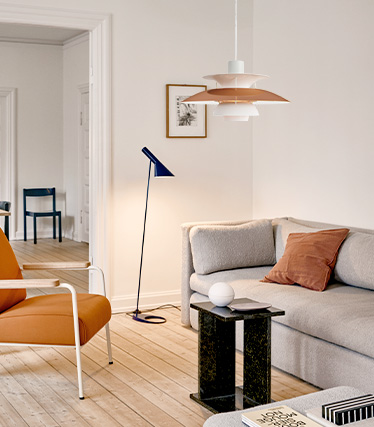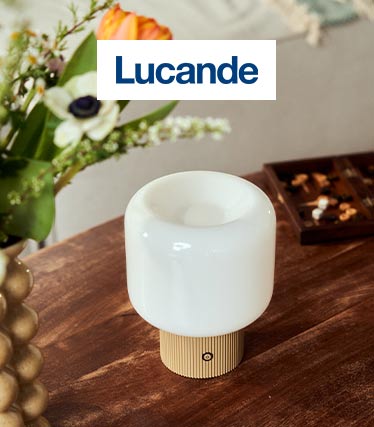:format(jpeg))
Direct lighting
Light sources that are directed into the room or onto objects are referred to as direct light. This form of lighting can be used in a variety of ways: on the one hand for general lighting and on the other hand to provide additional light for certain areas or to emphasise them in a scenic way.
What is the difference between direct and indirect lighting?
With indirect lighting, light first hits a surface such as the wall or ceiling. From there it is reflected into the room. The light from indirect lighting is soft and shadow-free. Direct lighting creates a cone of light and clear, direction-dependent shadows. Head mirror lamps are an example of indirect light sources.
)
Direct lighting of the sofa with open arc lamp.
)
Indirect lighting through shielded light sources.
What needs to be considered with direct lighting?
With direct light, make sure that it does not shine directly into the eyes and dazzle them, e.g. with a spotlight when climbing stairs. It should also be aligned so that the light cannot be reflected by reflective surfaces such as TV screens. Otherwise, so-called reflected glare will occur.
Application examples of direct light
:format(jpeg))
Individual spotlights and spotlights illuminate the bedside table or chest of drawers, for example. The light is aimed directly at the area that matters. Objects can also be staged in this way, e.g. a figure.
:format(jpeg))
The reading light on the arm of a ceiling washlight is also a direct light source that is used to illuminate a specific area - in this case the book or newspaper.
:format(jpeg))
Office floor lamps often have a direct light component that illuminates the desk and an indirect light component that shines towards the ceiling and provides soft room lighting.
:format(jpeg))
Path lighting is a classic application for direct light in outdoor areas. The light beams of the path lights interlock and ensure a well-lit path.
:format(jpeg))
Flexible ground spike spotlights are ideal for the garden and its changing vegetation. They set the scene for flowerbeds and shrubs by illuminating them from below. This creates interesting light and shadow effects.
:format(jpeg))
The work surfaces under kitchen cabinets are an example of an area that is often too dark and needs an additional light source. One solution is furniture lights.



































































:format(jpeg))
:format(jpeg))
:format(jpeg))
:format(jpeg))
:format(jpeg))
:format(jpeg))